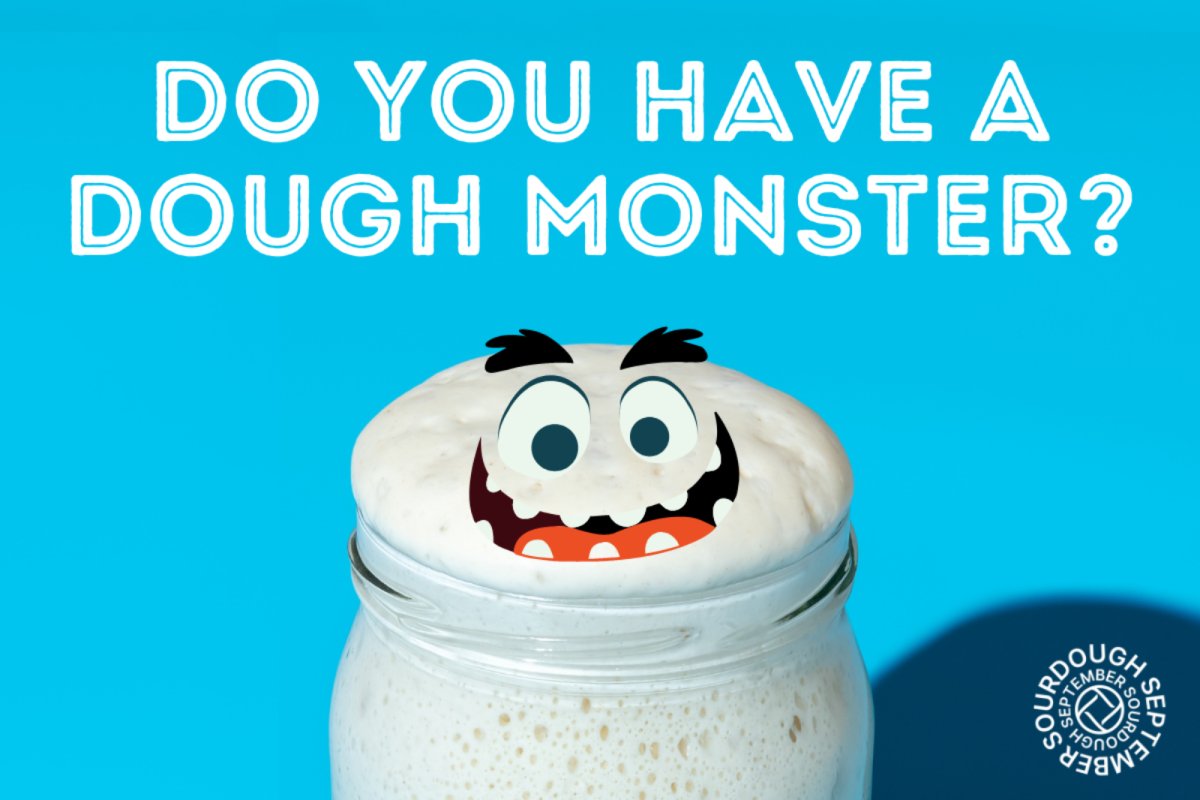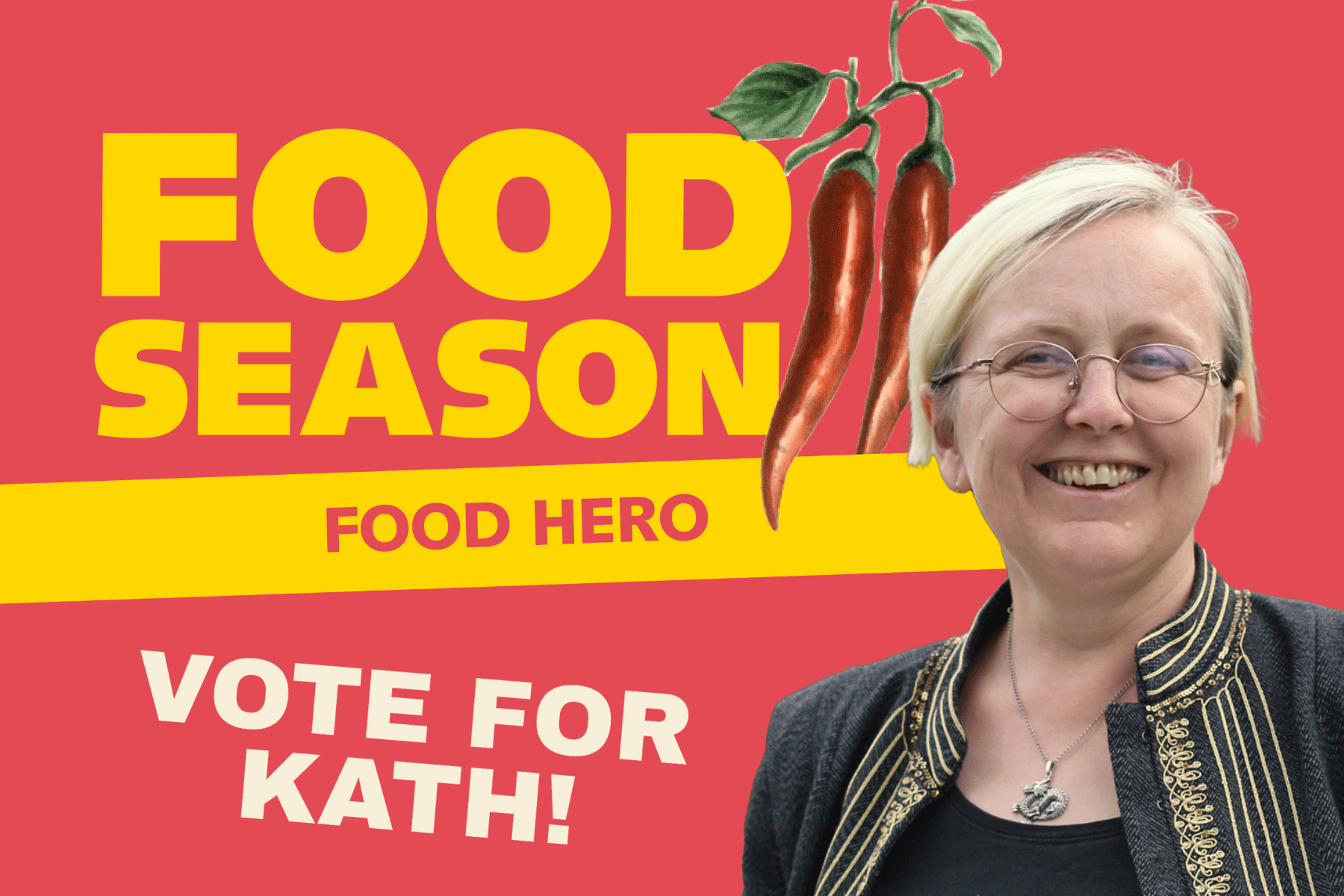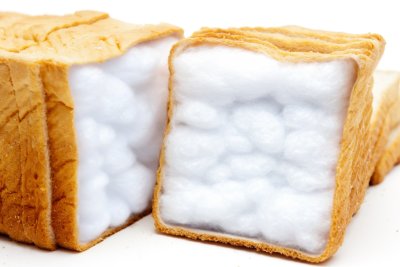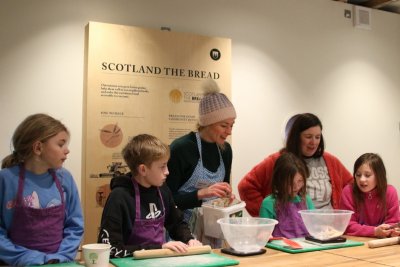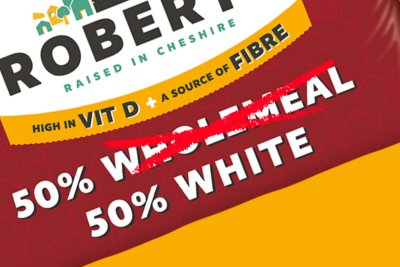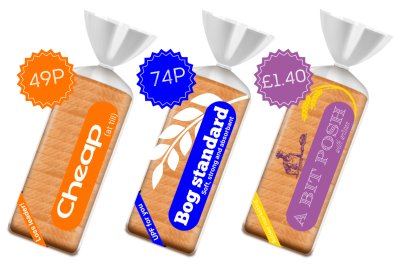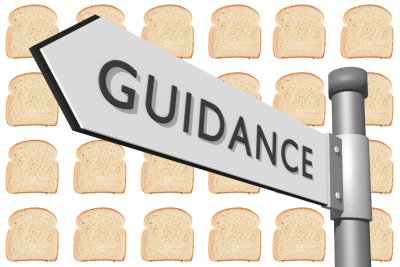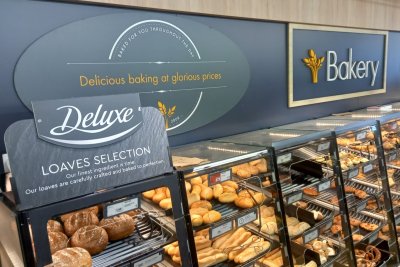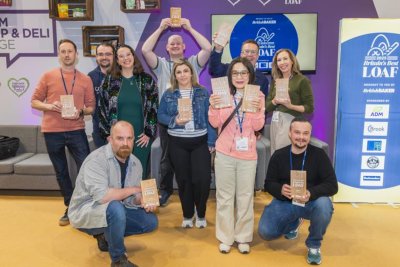For the 10th anniversary Sourdough September, the Real Bread Campaign has created a free, one-page Dough Monsters guide to help children nurture their own starter cultures.
In just a few minutes a day over a week or less, children (plus a few billion lactic acid bacteria and yeast cells) can transform flour and water into burping, bubbling breadmaking buddies. With the addition of more flour, water and a little salt, they can then enjoy the delicious alchemy of making genuine sourdough bread.
The step-by-step guide can be downloaded from the Real Bread Campaign and will be available from participating Real Bread bakeries, baking schools and other organisations.
The Campaign website is also the place people can find free recipes, where to buy and learn how to make genuine sourdough and other Real Bread; details of books and other gifts; plus ways to support the charity’s work.
www.realbreadcampaign.org
@realbreadcampaign
Sourdough bread for all
Also available from the Campaign website is the new Real Bread For All guide to help small, independent bakeries explore ways of bridging the gap between what it costs them to make Real Bread and what people in their local communities on tighter budgets can afford.
What is Sourdough September?
Created and run since 2013 by the Real Bread Campaign, Sourdough September is the annual, international celebration of the original way of making dough rise. The main aims of the initiative are encouraging people to:
- BAKE genuine sourdough bread.
- BUY genuine sourdough bread.
- BOOST the Real Bread Campaign.
What is sourdough bread?
Rather than a look, style or flavour, sourdough is a process. This process can be used to make pretty much any type of bread (sweet or savoury) in the world. A sliced white sandwich loaf can be made by the sourdough process.
Yeasts and lactic acid bacteria that are naturally present on the surface of grains end up in flour. These can be nurtured to create a thriving sourdough starter culture that will make dough rise. Sourdough bread can be made from just flour, water and salt, though there’s no limit to the number of natural ingredients that can be used.
As well as producing skilled bakers to produce delicious Real Bread, a growing number of studies are concluding that there might be a range of health and nutritional benefits of the sourdough process. None of these is on the UK or EU lists of permitted nutrition and health claims, and the Campaign calls for investment in much more research.
Say no to sourfaux!
Genuine sourdough bread is leavened only using a live sourdough starter culture. It does not involve the use of commercial / baker’s yeast, chemical raising agents, so-called processing aids or other additives.
A product named or marketed using the word sourdough but made with one or more of those unnecessary extras is what the Campaign calls sourfaux. The changes to dough upon which any potential health or nutritional benefits depend can’t occur to the same extent (or perhaps at all) if the lactic acid bacterial fermentation is omitted or reduced.
The Campaign continues to lobby the government for an Honest Crust Act of updated and improved composition, labelling and marketing standards. This would, amongst other things, include a legal definition of sourdough.
In the meantime, people wanting genuine sourdough bread can either make their own or should read the ingredients list before they buy. Shoppers can also look out for The Sourdough Loaf Mark.
Notes
The Real Bread Campaign is run by the food and farming charity Sustain. On 26 November 2023, the Campaign will mark the 15th anniversary of its official launch.
Later this year, the Campaign will publish its third book, Bake Your Lawn. It’s been written for parents, carers, teachers, community groups and others to help them guide kids on a hands-on Real Bread journey from seed to sandwich.
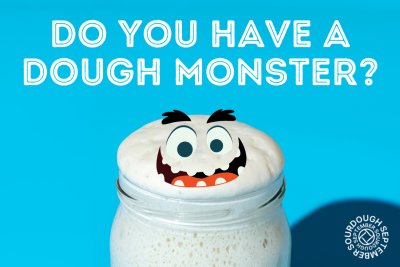 Well, do ya?. Credit: Flour, water and microbes
Well, do ya?. Credit: Flour, water and microbes